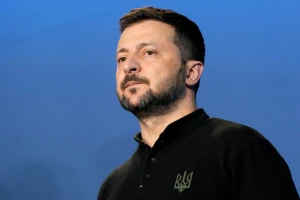
How Polish defense companies support Ukrainian army
Defense companies, neighboring Ukraine, have tripled their capacity during the full-scale Russian invasion
An Espreso TV journalist visited two Polish plants.
The Perun anti-aircraft missile system is manufactured at the Polish company Mesko. Since the beginning of the full-scale Russian invasion, the system has successfully proved itself on the battlefield in Ukraine. Ukrainian soldiers have used it to shoot down helicopters, Iranian-made Shahed drones and even one cruise missile. Despite its heavy nature, the system operates with remarkable ease and efficiency. From the moment a target is detected, it takes only up to 40 seconds for the system to initiate firing.
"There are two guidance systems, one for day operations and another for night operations," explains Zbigniew Drabik, director of the company's missile department. "When an enemy object enters the observation area after the buttons are pressed, the system will decide when to fire.”
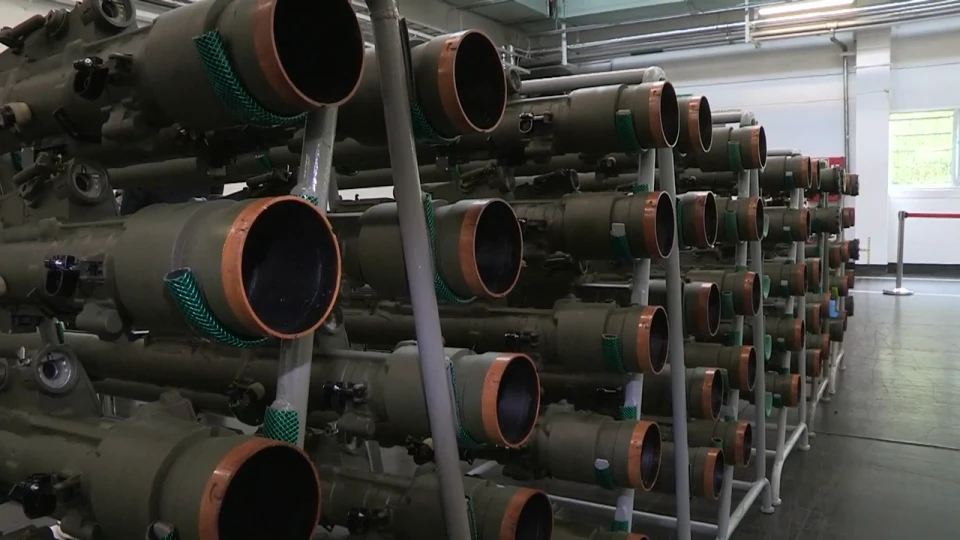
The production of the Perun MANPADS in Poland began in 2018. This complex stands out for its capability to engage targets at low altitudes and within distances of several kilometers. It boasts a minimum impact height of just a few meters, making it one of the top systems in its niche. The complex is assembled through a modular process. The launcher is manufactured in a dedicated room, and then composite elements and electronics are integrated with it in a separate facility, where they are interconnected with the missile.
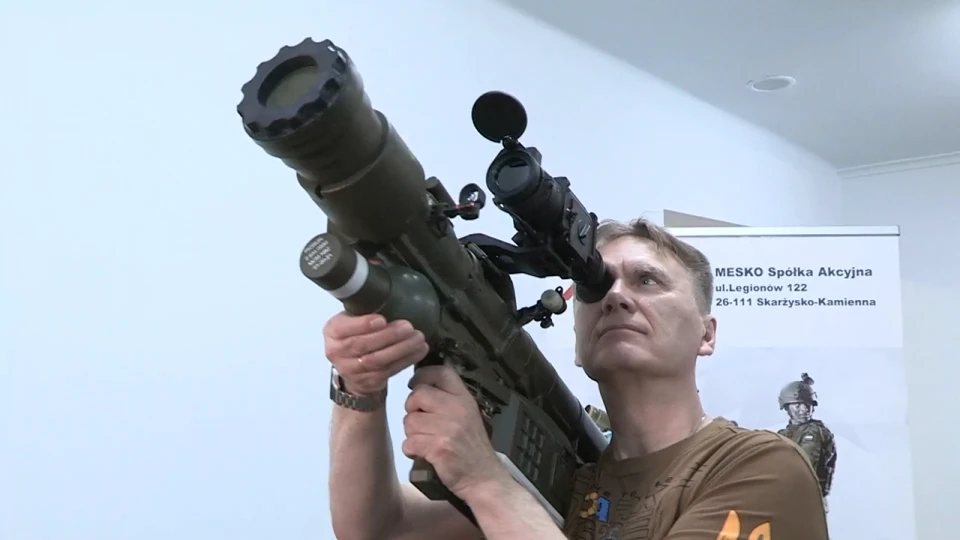
This is what the finished Perun air defense systems look like. Production of these weapons has significantly increased since the onset of the full-scale invasion. Initially, the company manufactured 300 systems per year. However, starting from last year, production has tripled, and the goal is to produce up to a thousand systems by the year's end. Furthermore, the system is undergoing modernization in response to military requirements.
"Soon it will be able to hit targets at longer distances," says Przemysław Kowalczuk, a member of the company's board. "Another consequence of this is a change in the design of the head elements so that it is not vulnerable to modern electronic warfare. We assume that this system was used on the battlefield and parts of the warheads could have fallen into enemy hands. However, we do not expect Soviet designers to understand this technology, but the experience of the Americans has taught us to manage risks."
The Perun system is not the only complex of the Polish factory operating on the battlefield in Ukraine. Another important one is the production of 125-caliber ammunition for tanks that are currently operating in Ukraine. No one in Western Europe does this.
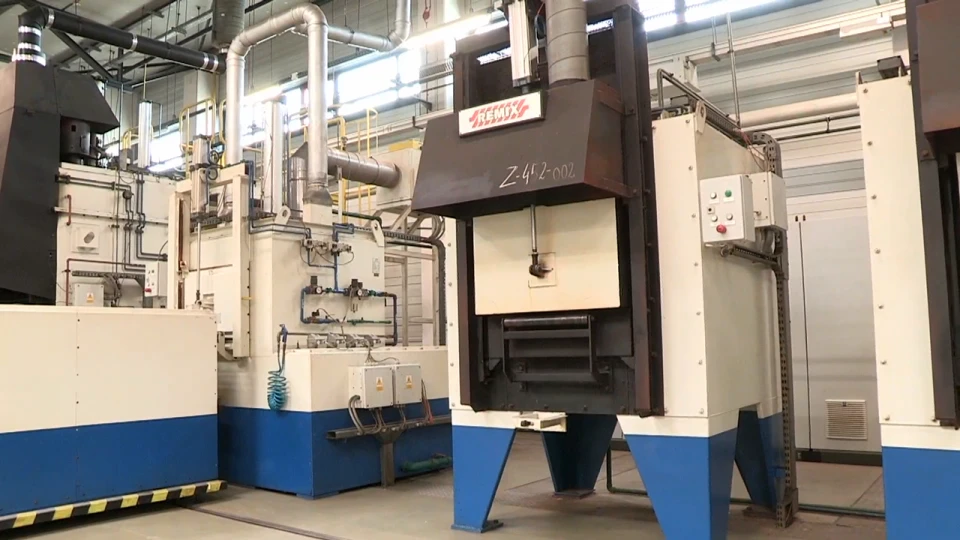
"We mobilized our resources and started producing more than usual in peacetime. We switched to several shifts. We bought new machines and equipment. The production of large-caliber ammunition is the priority," said Elżbieta Śreniawska, director of the Mesko Ammunition and Missile Group.
Production volumes have also increased at a Polish defense industry enterprise Łucznik, which manufactures Grot assault rifles. These weapons are also used on the battlefield in Ukraine. Interestingly, the company manufactures all the parts for the rifle on its own. Dozens of machines manufacture and process individual components in one room.
Interestingly, almost everything is automated. Only one person works on four machines. Then all these parts are assembled and a finished rifle is produced.
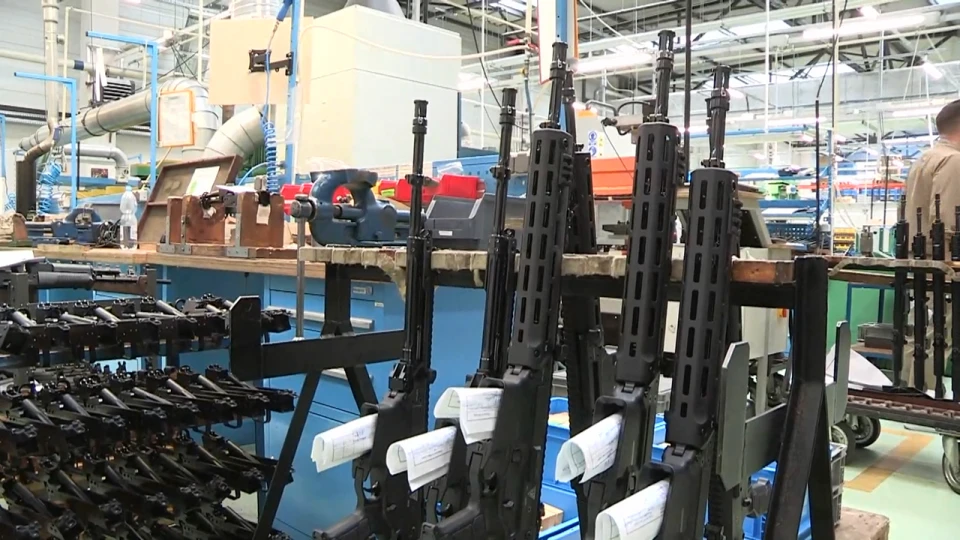
But the rifle is assembled manually. And then the most important moment is testing.
Poland has sent 10,000 such rifles to Ukraine since the beginning of the full-scale Russian invasion. The commitment to support Ukraine with these weapons is set to continue throughout this year. The weapon has its own unique properties.
"The rifle is modern, it can be operated by left-handed and right-handed people," says Seweryn Figurski, vice president of the Łucznik.Radom arms factory. "This is a weapon that can be modeled in accordance with the tasks assigned to the military. You can also change elements in it."
This year, the company has increased its capacity and is producing 40,000 of these rifles. The factory produces weapons only for the Polish army. And then the Polish government transfers the rifles to Ukraine free of charge.
- News







